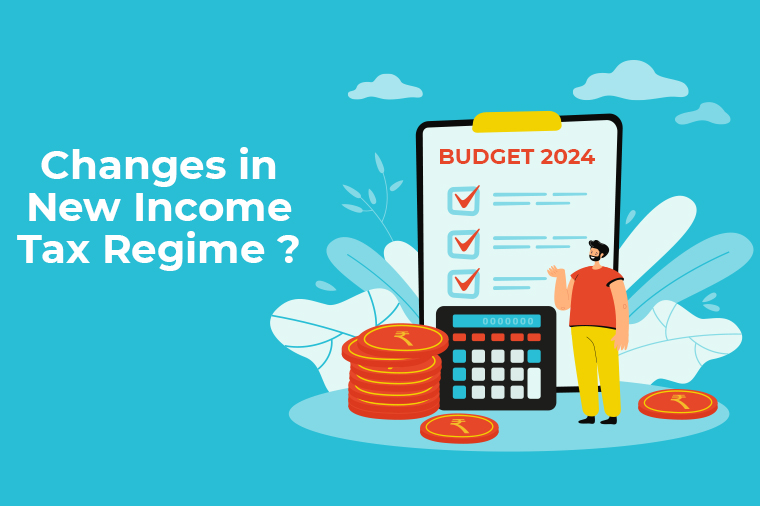Event Image

5July
Body
As the deadline for income tax filing approaches, a significant issue has come to the forefront affecting numerous taxpayers across the country. Many donors who made charitable contributions are facing challenges in claiming tax deductions, primarily due to the absence of Form 10BE, a mandatory form required under the latest tax provisions. This development has led to concerns and confusion among donors, who are potentially missing out on tax benefits that serve as incentives for charitable giving.
Overview of Form 10BE
Form 10BE is a certificate that must be furnished by donors to claim deductions under Section 80G of the Income Tax Act. This form is issued by the institutions receiving donations, certifying that they have received the contribution and are eligible to offer such certificates. The form details the name of the donor, the amount donated, and confirms the charitable organization's eligibility to receive tax-exempt donations.
The Importance of Form 10BE in Tax Deductions
The introduction of Form 10BE was intended to streamline the process of claiming tax deductions on charitable donations and to ensure transparency and verification of such claims. Under Section 80G, taxpayers can claim a deduction for donations made to certain prescribed funds, charitable institutions, and relief efforts, which can significantly reduce their taxable income.
Emerging Challenges for Donors
However, numerous donors this year have reported that they either did not receive Form 10BE from the charitable organizations to which they donated or received it too late, thus jeopardizing their ability to claim the deduction. This has primarily been attributed to a lack of awareness and preparedness among some charities about the new requirements.
Key Issues Highlighted:
Lack of Awareness: Many charitable organizations, especially smaller ones, are not fully aware of the procedural changes and the importance of providing Form 10BE to donors promptly.
Technical Challenges: Some organizations face difficulties in generating and distributing Form 10BE due to technical limitations or lack of access to the necessary digital platforms mandated by the government for this purpose.
Administrative Overload: For many charities, the administrative burden of complying with the new tax documentation requirements has been overwhelming, leading to delays and errors in issuing the required forms.
Impact on Taxpayers and Charitable Organizations
The inability to claim tax deductions not only affects the individual donors but also has broader implications for the charitable sector:
Reduced Incentive for Donations: Potential donors might be discouraged from donating if they know that they might not receive the tax benefits to which they are entitled.
Financial Strain on Charities: Charitable organizations could see a decrease in donations due to these complications, impacting their operations and the beneficiaries they serve.
Personal Stories
Numerous taxpayers have expressed their frustrations over the situation. "I made several donations this past year, aiming to help out during the tough times many faced. Not being able to claim deductions is disheartening and makes me hesitant to donate in the future," shared Ananya Singh, a regular contributor to various charities.
Regulatory Responses and Recommendations
In response to these issues, tax experts and consultants have been vocal about the need for better regulatory measures and support systems:
Increased Awareness Campaigns: Experts suggest that there needs to be more robust efforts from both the government and the charitable sector to educate all parties about the requirements and importance of Form 10BE.
Simplified Processes: Simplification of the procedure for obtaining and issuing Form 10BE could help alleviate some of the administrative burdens on charities.
Technical Assistance: Providing technical support and resources to charitable organizations, especially smaller ones, could help them comply with the requirements more efficiently.
Looking Ahead: The Path to Resolution
As the current tax filing season continues, both donors and charitable organizations are looking for clarity and assistance from the government. There are calls for extensions of deadlines or provisional measures to allow taxpayers to claim deductions while waiting for their Form 10BE. Furthermore, long-term solutions are sought to prevent such issues from recurring in future tax years.
The challenges with Form 10BE represent a significant hiccup in the efforts to foster a culture of giving in India. While the intentions behind the new form were to enhance transparency and efficiency, the initial rollout has been less than smooth. For many donors and charities, resolving these issues is not just about tax benefits but also about sustaining the spirit of generosity that supports so many crucial causes across the nation. As stakeholders navigate these challenges, the hope is that enhanced cooperation and streamlined procedures will soon make the process of claiming tax deductions for donations as straightforward as it is noble.









